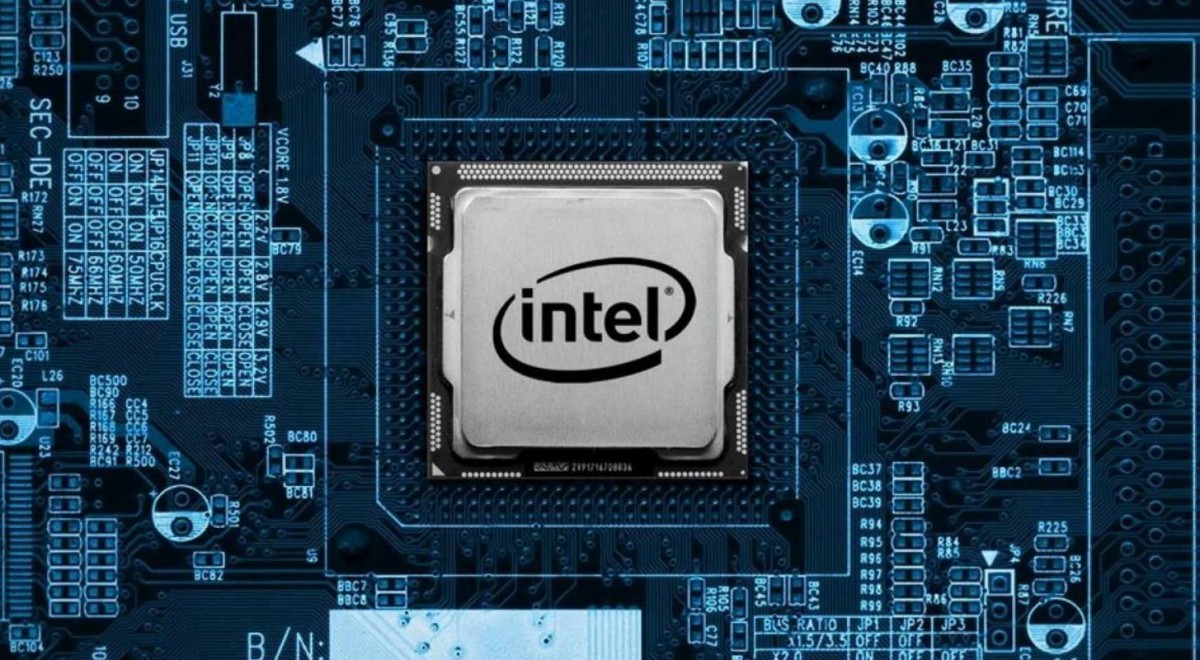Kaby Lake – Intel’s latest CPU generation
Since the last Neptun Wave Intel has been hard at work to bestow some new CPU goodness upon us in the form of their 7th generation CPU series named Kaby Lake. Kaby Lake is the successor to Skylake and it’s the first product following Intel’s new ‘process-architecture-optimization’ model. So instead of using a new production process every second generation, Kaby Lake represents the first CPU series of the ‘optimization’ stage, using the same 14nm transistors as its two predecessors Broadwell (new process) and Skylake (new architecture).
What’s new in Kaby Lake
Optimizing their 14nm process, Intel was able to introduce some significant improvements in Kaby Lake. Maximum clock speeds have increased 100-300 MHz across the whole CPU range improving overall performance. Additionally, Kaby Lake features an upgraded version of Skylake’s Speedshift mechanism. Speedshift can automatically adjust the frequency of the CPU, enabling it to save power when it’s idle and to quickly spring back into action when an application demands it. The new Speedshift version reacts about twice as fast as the previous one so that a Kaby Lake system feels quite a bit more responsive.
Kaby Lake features new and improved hardware encoders and decoders for the popular HEVC/H.265 and VP9 codecs. Both codecs can be decoded at up to 4k@60fps/10bit by fixed function units, which drastically reduces CPU load while watching videos (e.g. on Youtube). This results in significantly better battery life when consuming media with a Kaby Lake laptop. Similarly, some GPU units in the new processors also enjoy a modest clock speed increase.
Along with Kaby Lake, Intel also released the new 200 series chipsets which bring improved connectivity options for SSDs and support for faster RAM. Furthermore, these chipsets are the first to support Intel’s Optane Memory, a new storage technology that’s a lot faster than the NAND storage used in the SSDs. Optane will its first use as a cache, supporting HDDs and SSDs to improve storage access. You can expect to see the first devices with built-in Optane Memory by mid 2017.
The Kaby Lake CPU model naming scheme
By and large, the naming scheme from Skylake continues with Kaby Lake with some incremented numbers. The Core iX CPUs (i3, i5, and i7), which are featured prominently in Neptun devices, will start with 7XXX (7 for the 7th Core CPU generation). Higher numbers generally coincide with higher performance and price. In addition to the numbers, Intel uses some letters to denote special features or intended performance brackets. In Desktops, K stand for high-end and overclockability, no letter behind the number is medium-range, and T stands for power saving. For mobile processors, it’s a bit more complicated. There are H, U, and Y CPUs which are high, medium, and low power chips. Additionally, there’s the K branding, which again stands for overclocking, and the Q that stands for quad core.
You can expect to see lower power chips in thin devices, due to cooling and battery constraints, and in more budget friendly laptops. The Q variants can be found in workstations, but Intel will only release mobile versions of the highest-end Kaby Lake variants, including the Xeon CPUs, later this year.
Windows 7 and Kaby Lake
In their effort to speed up the transition to Windows 10, Microsoft decided not to support Kaby Lake on Windows 8, 7, or older. So if you’re upgrading your desktop or buying a Neptun device without an operating system, you will probably run into problems trying to run older Windows operating systems. However, Intel and some other hardware manufacturers do supply drivers that should let you run other operating systems than Windows 10, but, at least from the side of Microsoft, there is no official support. Naturally, this limitation doesn’t concern Linux users or future Apple devices since this decision only concerns Microsoft’s own software.
Conclusion
Although not much has changed with the introduction of Kaby Lake, you can still expect a 5-10% performance increase over older Skylake parts. Additionally, the improvements in efficiency with Speedshift and the new hardware decoders can give you better battery life and better system responsiveness. All Neptun devices, except our highest-end workstations and all Apple devices, will ship with Kaby Lake parts. Therefore, if you’re in the market for a new computer, now is a good time to upgrade.
As always, you can direct any questions regarding the components of the devices of the next Neptun Wave to our staff at the Help Points in Zurich, Basel, and Lucerne or contact us at kontakt@projektneptun.ch.
Informations sur les commandes
Vous pouvez suivre l'état de la commande de votre ordinateur portable dans le compte client de notre partenaire commercial. Tu trouveras des informations à ce sujet dans la FAQ
Help Point : Veuillez réserver un rendez-vous
Notre personnel de support aux Help Points ETHZ, Bern vonRoll, UNIBAS et UNILU est à votre disposition. Si vous avez besoin d'une assistance technique, contactez-nous par courriel pour prendre rendez-vous.
Informations sur les commandes
Vous pouvez suivre l'état de la commande de votre ordinateur portable dans le compte client de notre partenaire commercial. Tu trouveras des informations à ce sujet dans la FAQ
Help Point : Veuillez réserver un rendez-vous
Notre personnel de support aux Help Points ETHZ, Bern vonRoll, UNIBAS et UNILU est à votre disposition. Si vous avez besoin d'une assistance technique, contactez-nous par courriel pour prendre rendez-vous.
